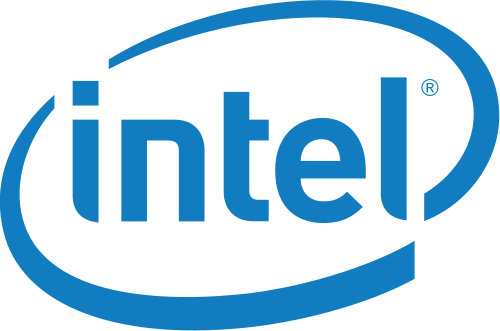Apps & Software
Intel Launches Wearable Devices Into Intensely Crowded Market
Published:
Into a market already awash with smartwatches, smartphones and voice recognition programs like Apple Inc.’s (NASDAQ: AAPL) Siri, Intel Corp. (NASDAQ: INTC) has decided to release its own programs. No one knows, however, if consumers even want to have these levels of intrusive technology in their daily lives. Source: Wikimedia Commons
Source: Wikimedia Commons
At the Consumer Electronics Show, a massive trade show held every year in Las Vegas:
Intel’s CEO highlighted number of wearable reference devices, including smart earbuds that provide biometric and fitness capabilities, a smart headset that is always ready to engage and can integrate with existing personal assistant technologies to make the consumer experience more intuitive, and a smart wireless charging bowl.
In addition:
He also kicked-off the Intel ‘Make it Wearable’ challenge, a global effort aimed at accelerating creativity and innovation with technology. The effort will call upon the smartest and most creative minds to consider factors impacting the proliferation of wearable devices and ubiquitous computing, such as meaningful usages, aesthetics, battery life, security and privacy.
The reason behind Intel’s rush into an already wildly crowded market is well known. Its core chip businesses is being dispatched to oblivion with the slowly disappearing PC industry. Intel, Microsoft Corp. (NASDAQ: MSFT) and Hewlett-Packard Co. (NYSE: HPQ) each is trying to find creases in the technology market because each has been slow to transform itself into a company that has much in the way of sales in the modern portable device sector. So far, these efforts have been failures. Microsoft has bolstered its business and enterprise software operations, its phone and tablet hardware and software, and its game console operations, but none can offset the sunset of Windows. HP has driven into consulting and business hardware and software. However, these cannot make up for the implosion of its PC and printing operations.
Intel has a long history of efforts to move into businesses beyond PC processors. It has tried to make products that integrate the home electronics and entertainment devices that people have scattered around their homes. Intel also has launched sets of chips that it believes will power the new generations of tablets and smartphones. The evidence so far is that its competitors that helped build the foundations of these sectors have positions Intel cannot effectively take over.
The final challenge that faces Intel is common to most companies that hope to make huge sums on new generations of consumer devices. None has publicly admitted that consumers may already be overloaded with PCs, televisions that run themselves, phones, tablets and cars with complicated software.
Even if Intel and its allies could build a series of products with the consumer rather than the PC manufacturer as the target, there may not be markets for people to buy them.
Ever wanted an extra set of eyes on an investment you’re considering? Now you can speak with up to 3 financial experts in your area for FREE. By simply
clicking here you can begin to match with financial professionals who can help guide you through the financial decisions you’re making. And the best part? The first conversation with them is free.
Click here to match with up to 3 financial pros who would be excited to help you make financial decisions.
Thank you for reading! Have some feedback for us?
Contact the 24/7 Wall St. editorial team.